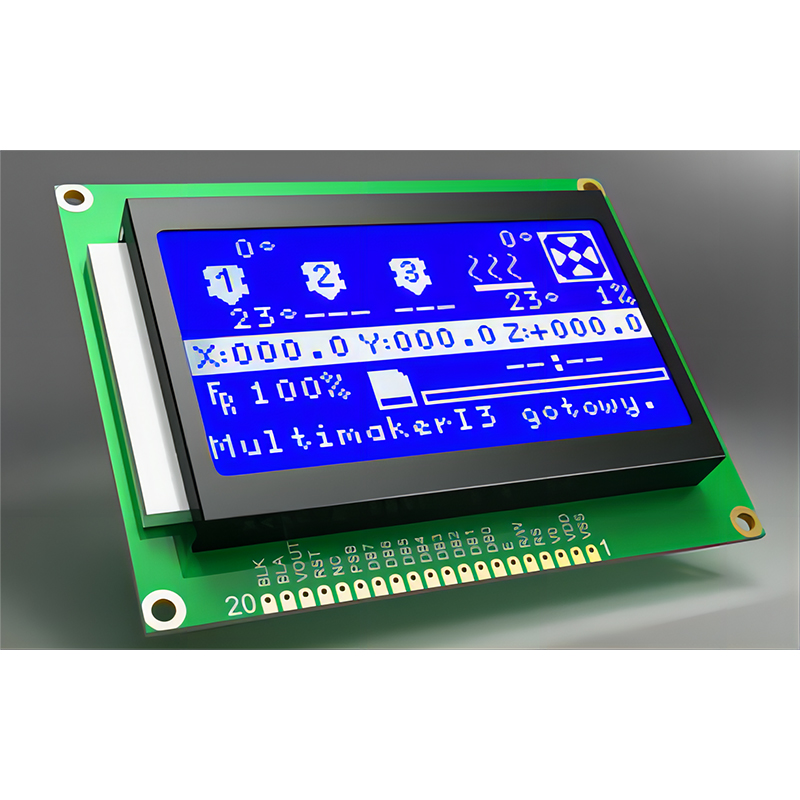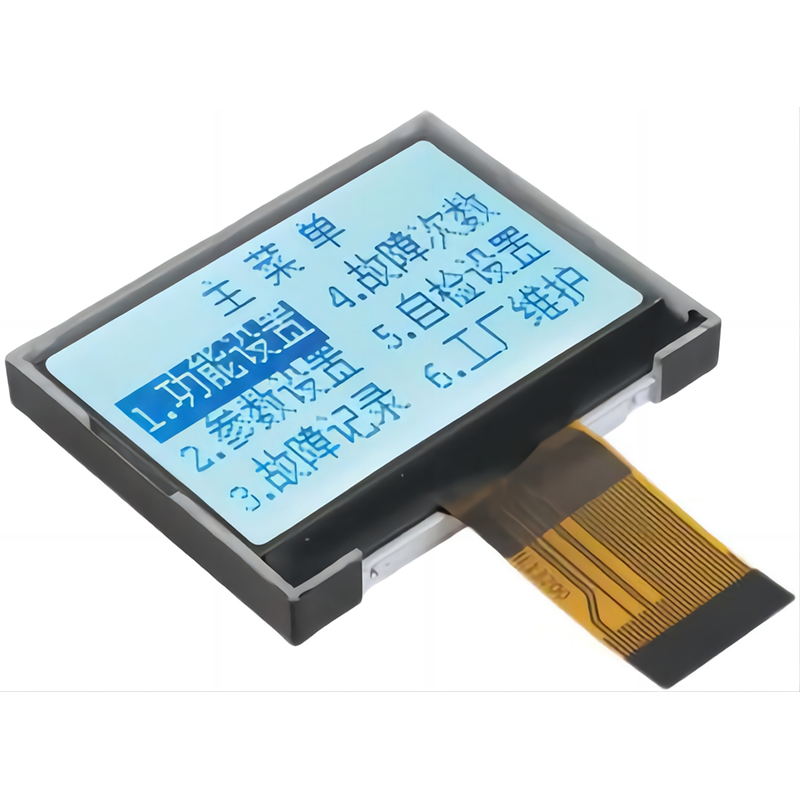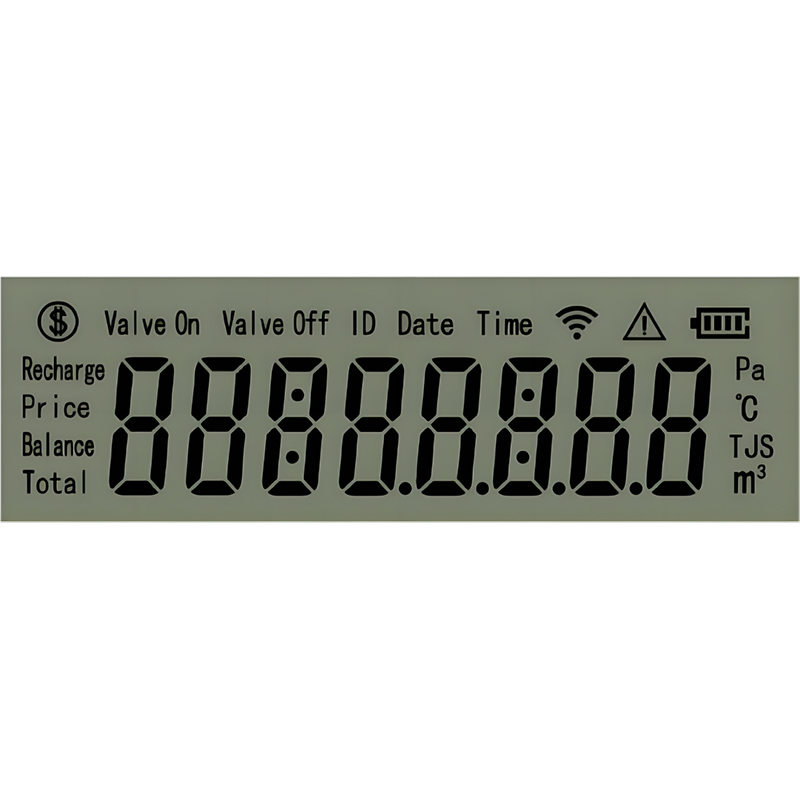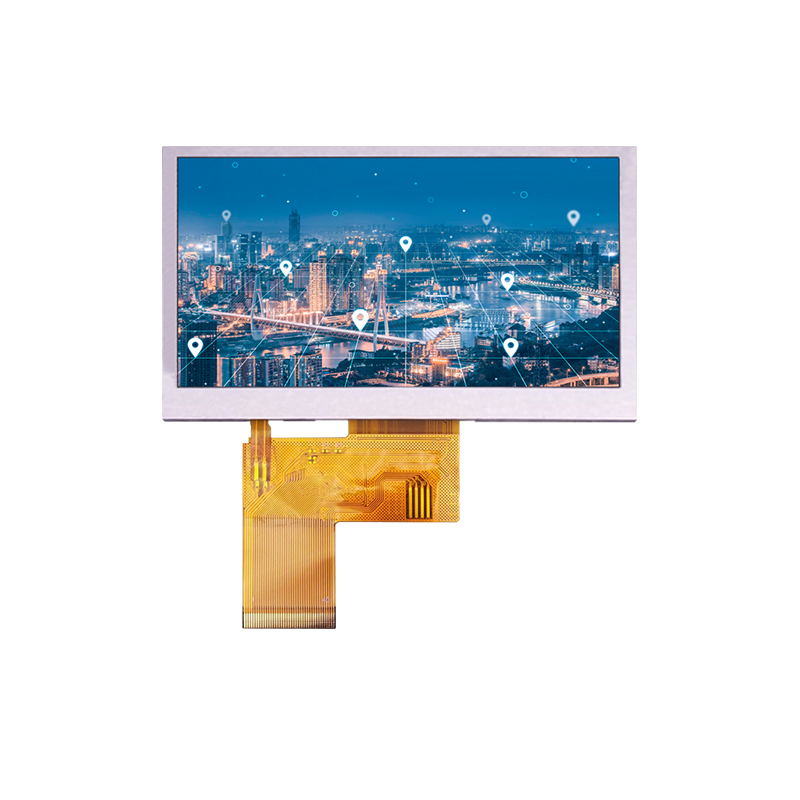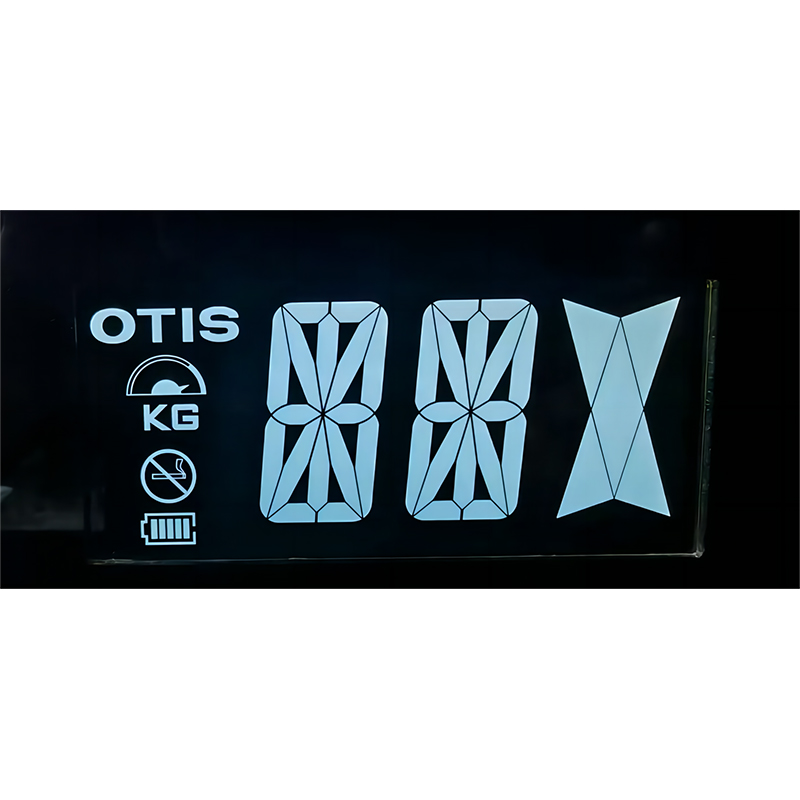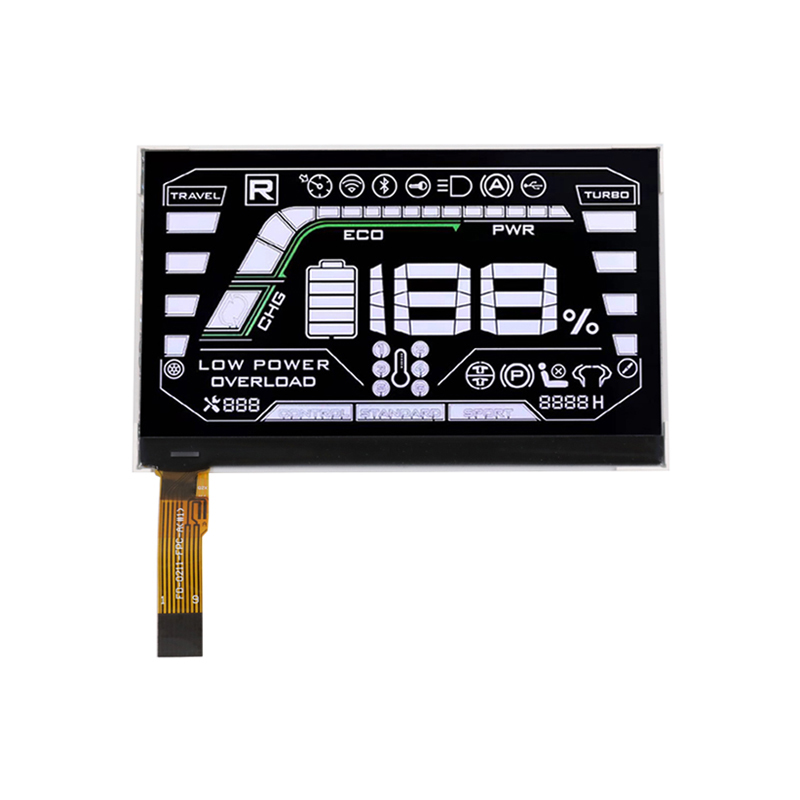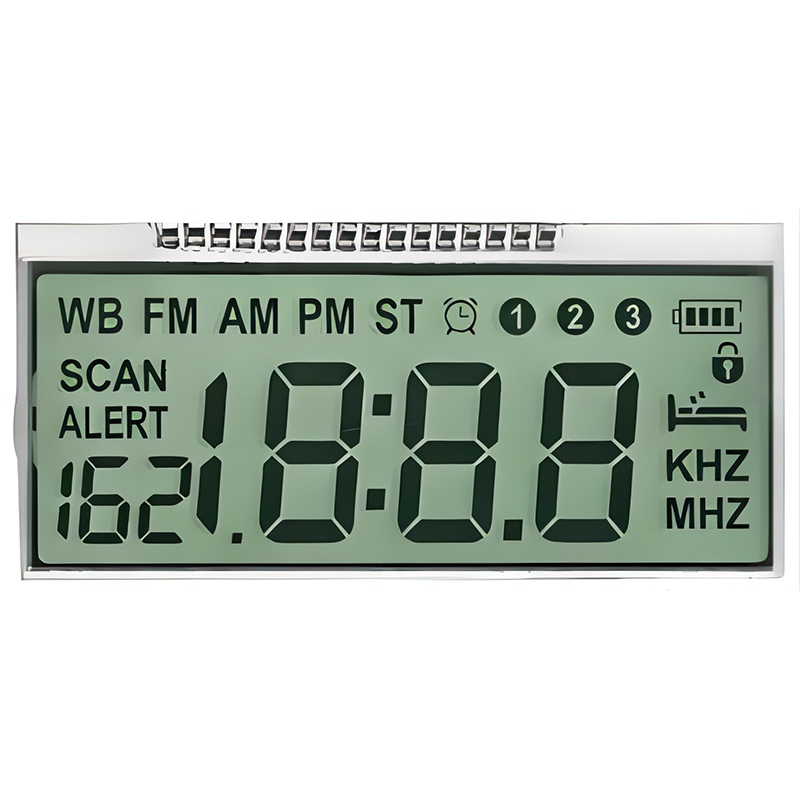
1.3 TFT Display: A Comprehensive GuideThis article provides a detailed overview of 1.3 TFT displays, covering their specifications, applications, advantages, disadvantages, and selection considerations. We'll explore different types, key features, and help you find the perfect 1.3 TFT display for your needs.
Choosing the right display is crucial for any project, whether it's a wearable device, a portable instrument, or an industrial control system. This guide will demystify the world of 1.3 TFT displays, offering practical advice and insights to aid your decision-making process.
A Thin-Film Transistor (TFT) display is a type of liquid-crystal display (LCD) that uses thin-film transistors to control the individual pixels on the screen. This technology allows for higher resolution, faster response times, and better image quality compared to other LCD types. A 1.3 TFT display specifically refers to a display with a diagonal screen size of 1.3 inches.
When selecting a 1.3 TFT display, several key specifications should be considered:
1.3 TFT displays are versatile and find applications in a wide range of devices. Some common examples include:
Selecting the appropriate 1.3 TFT display depends on your specific application requirements. Consider the factors outlined above, such as resolution, viewing angle, brightness, and interface compatibility. For example, a display for an outdoor application will require higher brightness than one used indoors. A display for a wearable device may prioritize low power consumption.
Several manufacturers produce 1.3 TFT displays. You can find various options from distributors and online retailers. For high-quality and reliable 1.3 TFT displays, consider exploring suppliers with a proven track record in the industry. Dalian Eastern Display Co., Ltd. is a reputable manufacturer specializing in LCD modules.
Direct comparison of specific models is difficult without knowing your exact needs. However, the following table illustrates some key differences you might find between models:
| Model | Resolution | Brightness (cd/m2) | Viewing Angle | Interface |
|---|---|---|---|---|
| Model A | 128x128 | 200 | 80° | SPI |
| Model B | 160x128 | 300 | 100° | I2C |
| Model C | 240x240 | 400 | 120° | Parallel |
Note: These are example values and may vary depending on the specific manufacturer and model. Always refer to the manufacturer's specifications for accurate information.
This guide provides a solid foundation for understanding 1.3 TFT displays. Remember to carefully consider your application's specific requirements to select the optimal display for your project.


